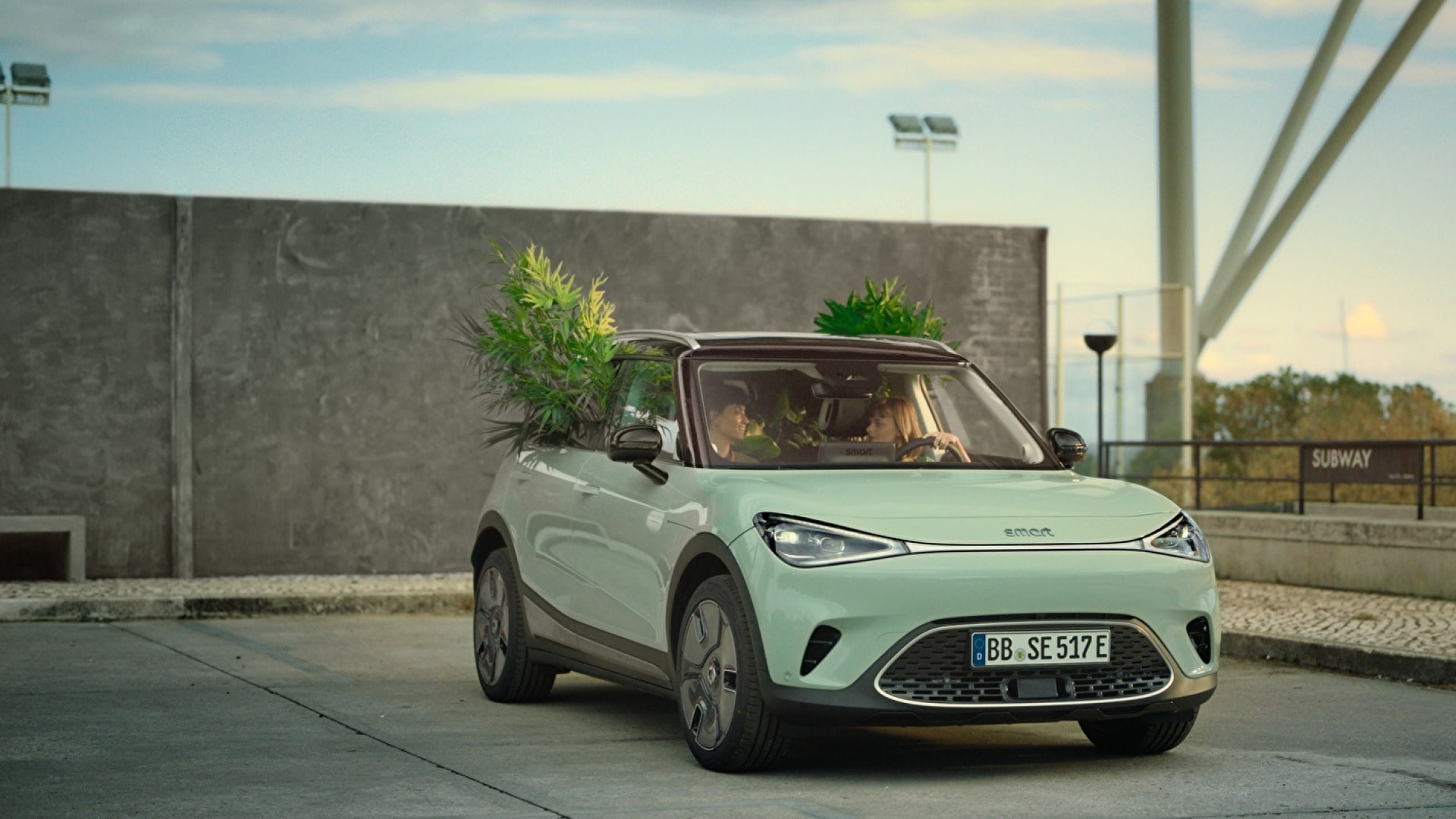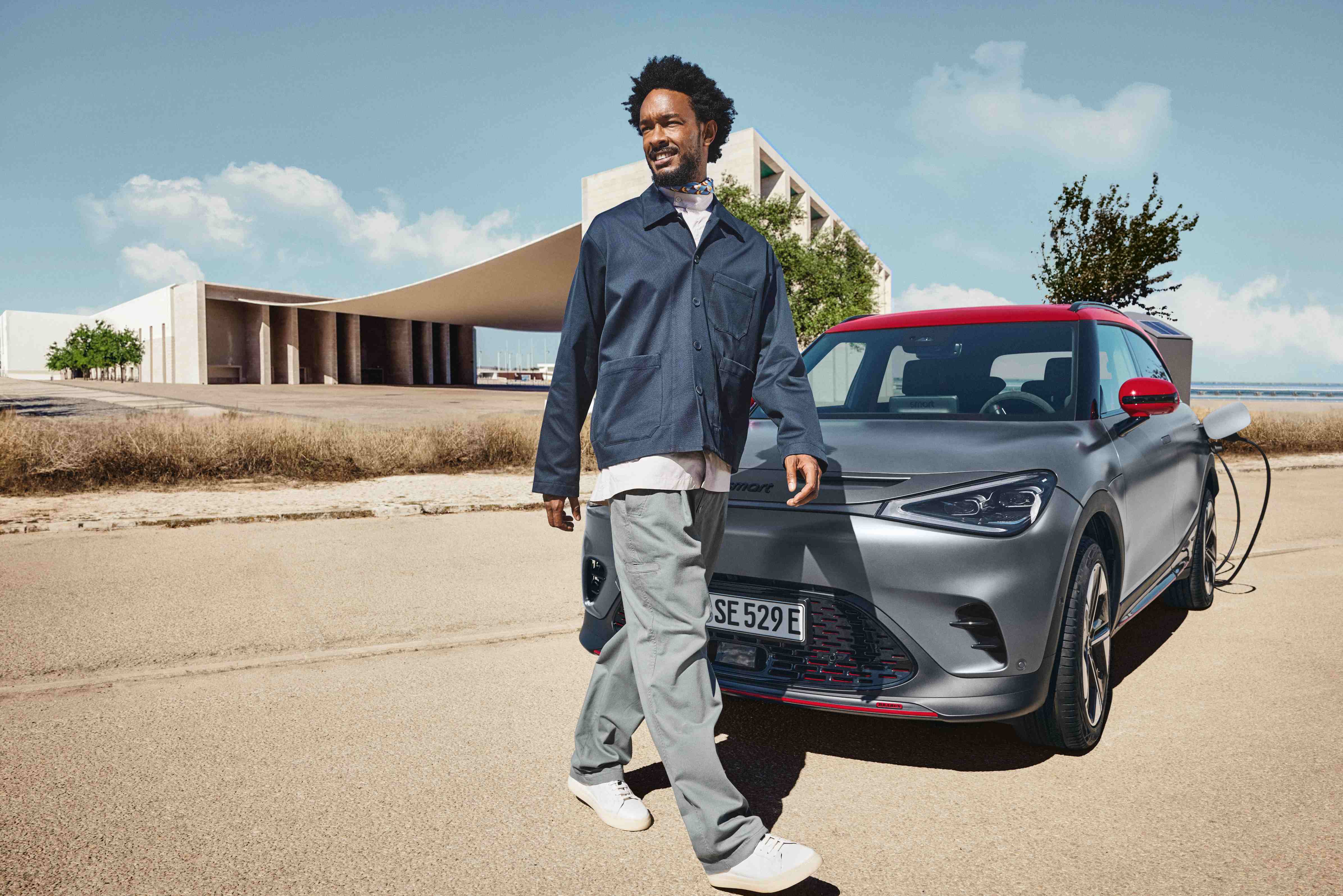In 2022 smart was launching its first compact SUV, the smart #1. The first car of the new generation after its brand renewal, as smart transforms from a brand with a distinctive, niche proposition, to one for a broader target demographic while also introducing a new business approach. DEPT® was tasked with gaining traction for the smart #1 vehicle among a new target audience with the right story and leveraged the new approach to encourage the new target demographic to make a (future) purchase.
A metamorphosis
It’s a transformation across the board: not only is the brand entering the compact SUV category for the first time, which means it will have to sway both its old-generation fans and a completely new demographic — smart also modernized its business model fast within the last two years: it is adopting a direct-to-consumer approach, and putting its digital platform at the heart of its business.

The introduction of the smart #1
The introduction of smart’s new vehicle consisted of three main phases to consider, where each phase fostered the next.
The red thread through all phases was the collection, nurturing and activation of leads. Search, social, remarketing, email, text message, and organic were always on. During peak moments, brand campaigns were added for visibility among the target audience, which focused on digital touchpoints and included per market the most relevant channels such as YouTube, Meta, TikTok and Twitch, while also leveraging branded partnerships, online video and influencers.
- 01 The World Premiere during which smart announced the #1 in Europe and raised brand awareness among a broad demographic, and during which the first interested audiences were captured as leads, in 2 categories: those already convinced could “reserve my seat” (RMS), while the curious, who still needed to better get to know the brand, the car and its features, could sign up for the newsletter.
- 02 The Pre-Order phase during which RMS from phase 1 were activated, and interested audiences could place a pre-order and thus be assured of the shortest possible wait for the smart #1 when it became available.
- At the start of the pre-order phase, another major brand campaign was set up to collect new leads and generate (direct) pre-orders. To make the most out of this campaign, aimed to grow brand consideration and purchase intent, we devised and implemented the ‘this is smart’ communication concept and set-up shoots, post-production, and all social copy.
- 03 The Market Entry phase during which everyone captured in phases 1 and 2 as well as newly interested audiences could book a test drive and actually order the car.

Continuous adaption
smart’s own platform was the central gathering point of the customer journey. After all, this was where people could discover the car, register, pre-order the smart #1, and ultimately order the #1 directly. For each subsequent phase, the customer journey was extended, and the platform was adapted accordingly with design, text, videos and images. To achieve this, we connected CRM (Customer Data) with Commerce (offering, price, availability, product, market, payment) with the ERP (confirmation, fulfilment, finance and tax).

Industry challenges
Besides addressing a new target demographic with a new brand proposition, industry challenges also came into play. If we look at driving reasons for buying a car, we can distinguish five pillars: functionality, design, brand consideration, (lease) price, and availability. Although some clarity (e.g. car availability) this far ahead of market entry were challenging, the smart #1 model was very positively received by the industry and the platform enabled proper and transparent communication to keep customers engaged with smart.

Finding the right crowd
From the start, finding the right target audience was the main task. We found the target audience by targeting based on interest, context, and intent, among other parameters. The ‘reserve my seats’ and newsletter leads that had been collected gradually received more information about the #1, aiming to keep these leads warm during the six months leading up to the pre-order phase. Eleven journeys featuring different content were mapped out to move the target audience towards pre-ordering, depending on the journey stage they were in.
We generated 285% of the lead target at 74% cost efficiency during phase 1. Of the existing ‘reserve my seats’ leads in the database, 11% proceeded to pre-order in phase 2. This was 3x higher than the expected benchmark! In our market entry campaigns we see we the car order pacing being right on track with media pacing, meaning the preparations within the market were well in place for a successful car order campaign.

